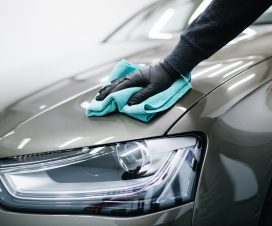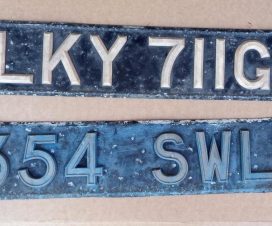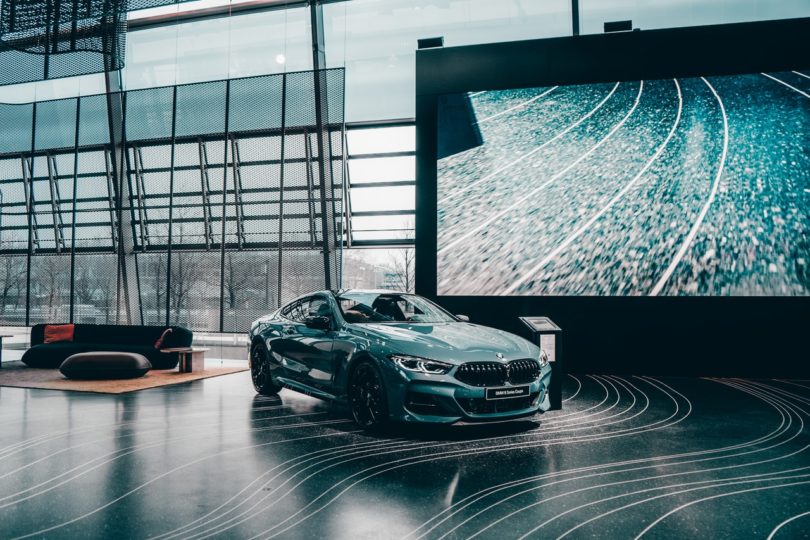 |
Brand names have been attracting luxury shoppers for almost as long as there have been cars. Unfortunately some of us get attached to a brand that isn’t achieving at the most basic levels. It looks good. The name suggests a high class product, but there are some key elements missing in either how it is made or how it is marketed.
The Safety Dilemma
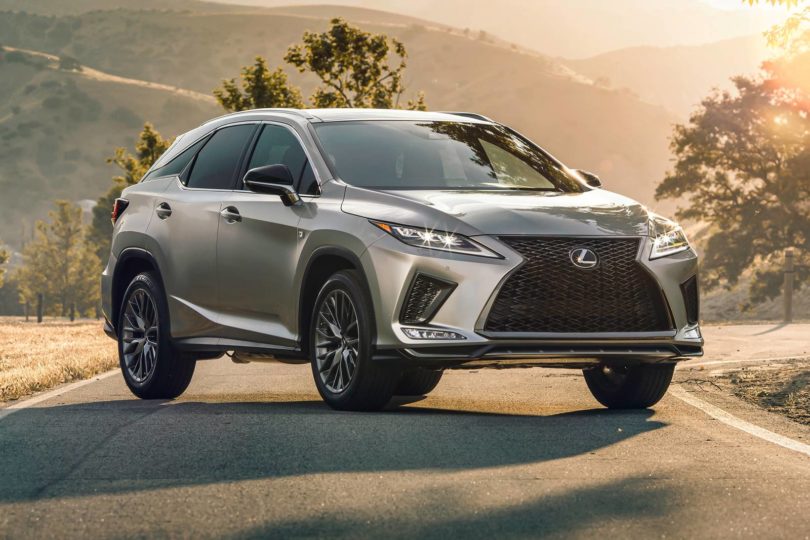
Source: edmunds.com
Unlike regular manufacturers who are bound by all kinds of safety testing, luxury brands often aren’t tested. That’s because, at least in the United States, a car has to sell at a certain rate to be required to be tested.
Therefore, the top luxury brands often escape testing. That’s a little crazy, but it’s a system based on balancing the public good with the cost of crash testing. After all, the government has to buy more than one of each vehicle to accomplish the tests.
If you go looking at SUVs by Jaguar, Porsche or Land Rover, you won’t find federal crash-test ratings. In fact, none of the vehicles by any of those makers are actually crash-tested in the U.S.
Furthermore, you can go shopping for a BMW7 series sedan or BMW 4 Series, and you can’t be sure that it is as safe as less expensive, similar vehicles tested by the federal government. To be clear, all of these brands do their own testing, but there is no independent testing to prove that they are being honest.
Many sports cars escape testing because not enough are sold. Therefore, the Chevrolet Corvette isn’t tested, whereas its less expensive cousin, the Chevrolet Camaro, does get tested.
Filling in some of the gaps, the Insurance Institute for Highway Safety tests the best-selling luxury vehicles. Even there, you won’t find all of the luxury models ranked.
Some brands do very well. Lexus, for instance, has Top Safety Pick or Top Safety Pick Plus designations for five of its 2024 vehicles. Mercedes-Benz has only three with ratings. If you are buying the A-Class, S-Class, or CLA, you cannot know how well it passes crash tests, and that leaves a person wondering if the clout of the name is worth the price of admission.
In the end, a consumer’s best bet for gauging the safety of their unrated luxury vehicle is by looking at driver fatality rates. That can be found by searching the Insurance Institute for Highway Safety website. Consumers can also find insurance claim losses for the model they like. You can also look at the used car market to see what’s still on the road, despite high mileage. Click here.
To be clear, an unrated car is not necessarily unsafe. Many luxury manufacturers claim to do testing well in excess of what is required by law. Still, if you are looking at a new luxury model, you may do well to wait and see if it gets tested. On the other hand, if it is a fairly established model without any safety ratings, it probably will never get tested.
The Best Value for Driver Assistance
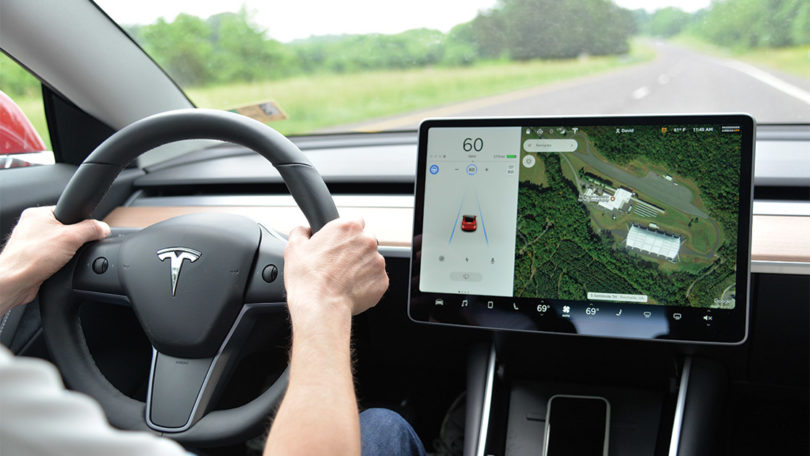
Source: iihs.org
Another way that luxury cars often fool consumers is by withholding amenities despite the high cost of the entry level model. For shoppers, this can feel like the old bait and switch. They rely on their branding to bring the shopper to them. Then the consumer finds out that the base edition is bare bones compared to what they’ve seen in the headlines or the ads. Perhaps these brands know they don’t have to compete for certain types of customers. They can get people into the showroom thanks to a reputation that may be as much wishful thinking as substance.
There are some exceptions to this. One notable exception is Lexus, which puts a large suite of driver assistance features on all models. It doesn’t require the luxury shopper to spend more to get basic protections, such as automatic emergency braking, or the most important assistance, such as adaptive cruise control.
The Question of Reliability
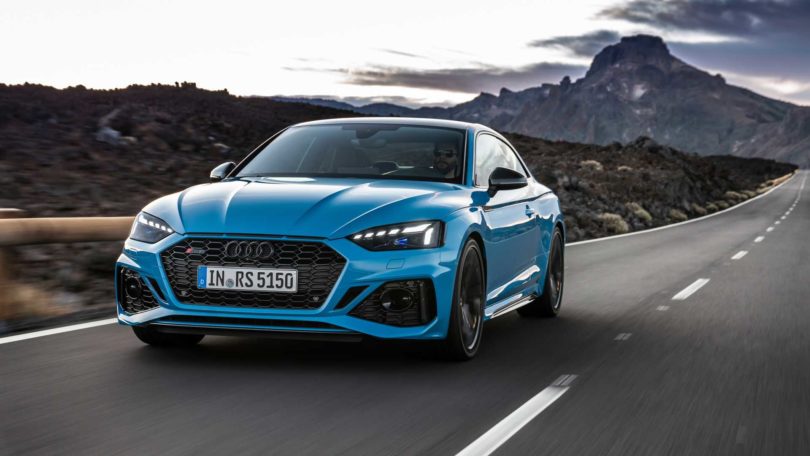
Source: autorepublika.com
The other way that luxury vehicles are fooling consumers is when it comes to dependability. You have some that are outstanding such as Lexus. It was named most reliable by JD Power nine times in the last ten years, including 2024.
The survey looks at everything from how well the dash tech works to how often the car is taken in for repairs. Not all of this research applies to models in the showroom today. 2024 research actually refers to models sold in 2018. If brands do consistently well in these tests, it implies they are consistently reliable.
This is important when buying used luxury cars as well as new ones. Reliability is directly related to how many miles you can expect a car to run, which can be up to 200,000 miles for the best brands and less than 100,000 for the worst.
Some luxury brands have very low scores at JD Power. These include luxury favorites such as Land Rover at the bottom, followed up the ladder by Alfa Romeo and Jaguar. Other luxury brands with below-average scores are Audi, MINI, Infiniti, Volvo, and, by just a point, Mercedes-Benz.
Conducting surveys that are not limited to a single year, Consumer Reports does its own research. Lexus earned the top spot in reliability and owner satisfaction in 2024, but it missed out on that when Mazda ranked first for 2024.
Tesla, which has not been mentioned so far, is a mixed bag. At Consumer Reports, the magazine no longer recommends Tesla S or Model X due to low scores. Tesla Model 3 continues to have the recommendation, however. At JD Power, the rankings are uncertain because the researcher doesn’t have access to owners in all states.
Kelley Blue Book has rated Tesla as the best luxury brand. It sees the low cost of EV operation as a big plus. Honda is ranked as the best overall brand. U.S. News and World Report ranks Tesla as third among luxury brands, giving the top spot to Porsche.
The best advice for luxury car shoppers is to slow down and read the safety ratings, check out comparisons, and be cautious about buying something based on its classic name. You may be much happier with your final choice if you look at the facts objectively rather than basing it on emotion.


